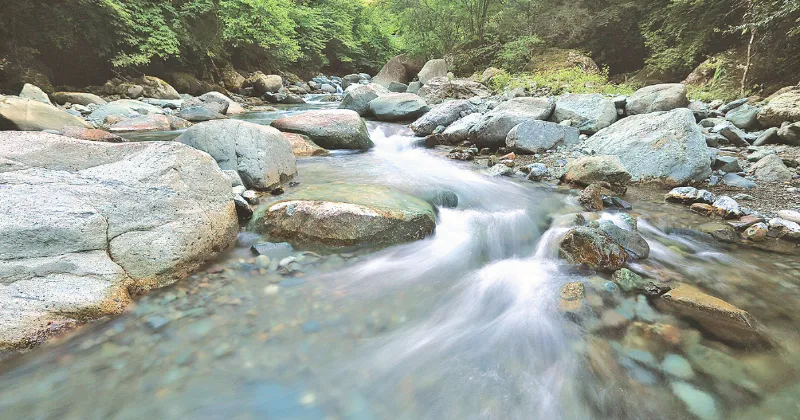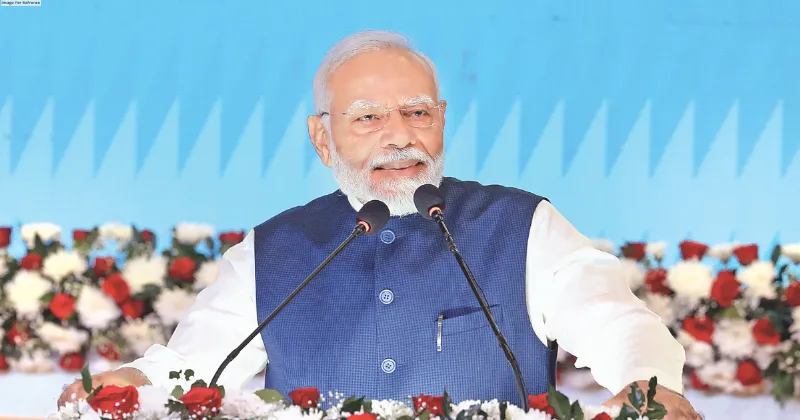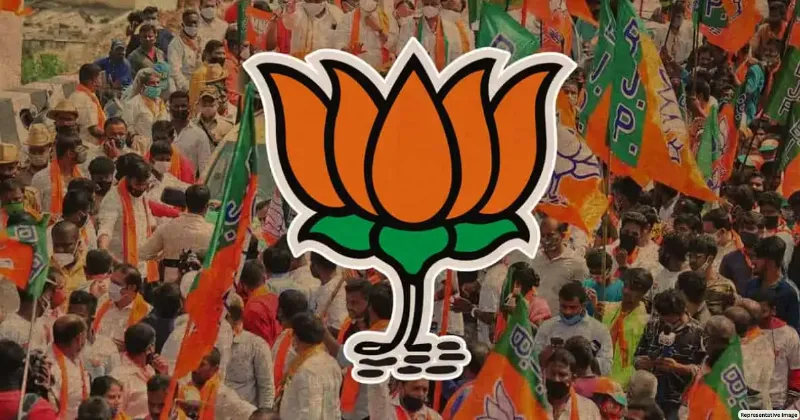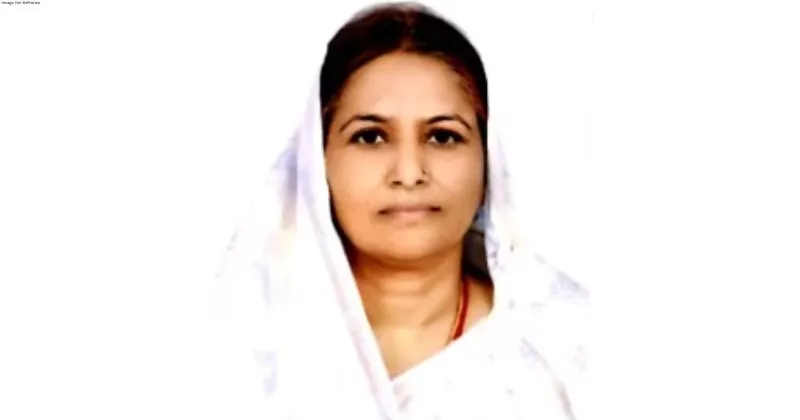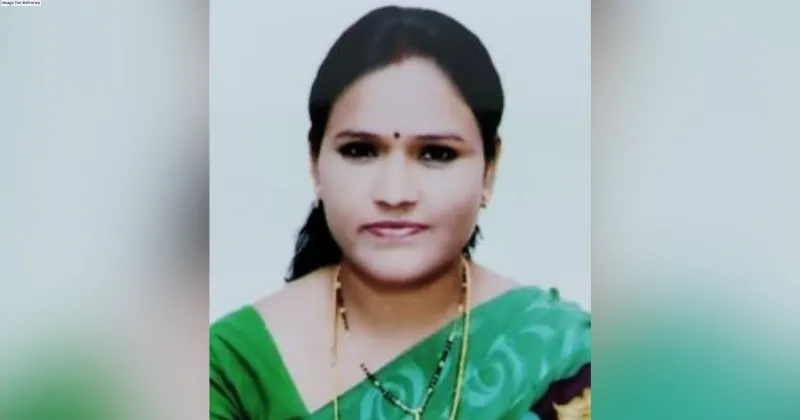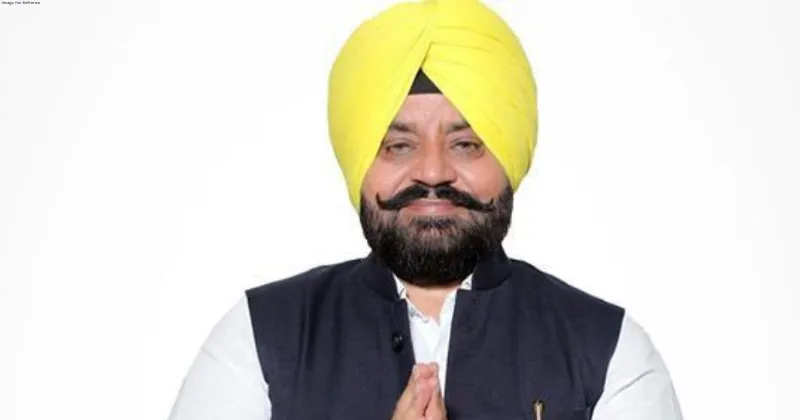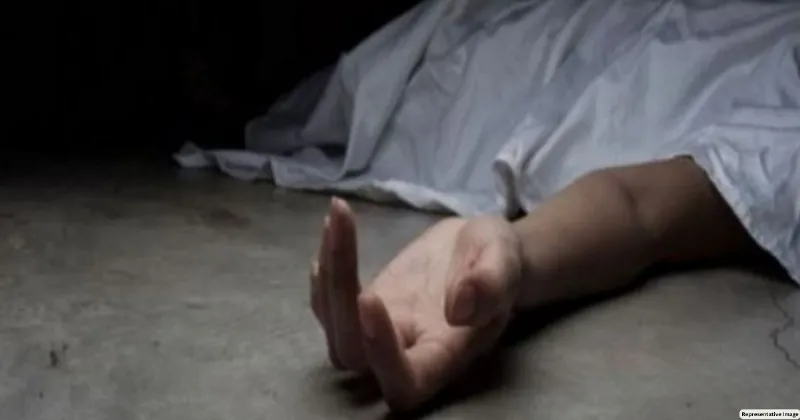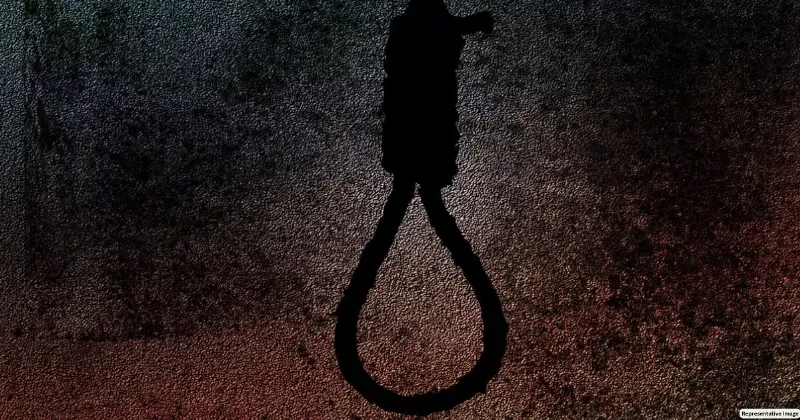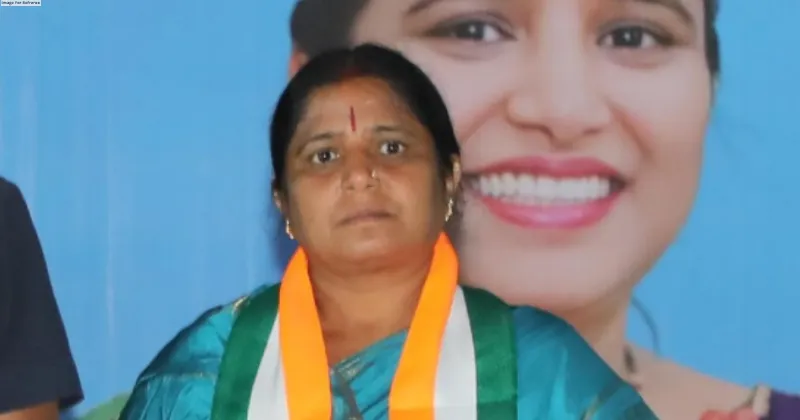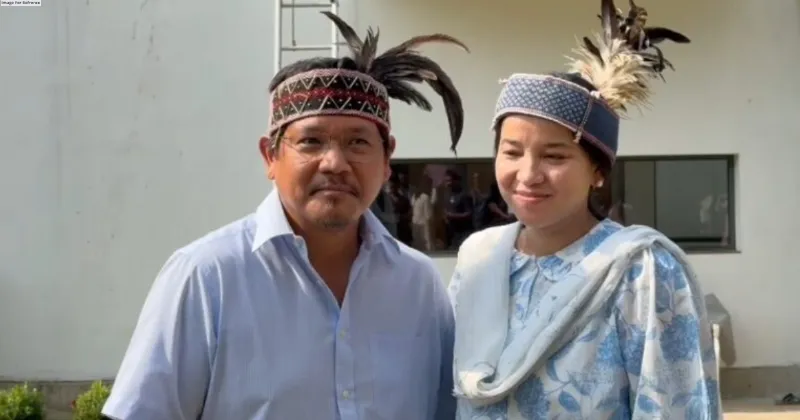Latest News
APATKAL KE SENANI NARENDRA MODI

The narrators share their views that during the Emergency, Narendra Modi had gone underground and played a major role in uniting antiEmergency and pro-democratic forces. They believe this period marked the beginning of the rise of Narendra Modi. The narrators also urge youngsters to read the book ‘Apatkal ke Senani: Narendra Modi’ to learn about those days and know more about Narendra Modi and draw inspiration from his work culture, his meticulous planning and lots more...
Narendra Modi saved Rajju Bhaiya during Emergency - Mukhtar Abbas Naqvi, Former Union Minister
Some people mould with the times, some people change time. Modiji falls in the latter category, who has changed time with his grit, determination and bitter struggle. I always maintain that the height of his success lies in the blisters of struggle in his feet. I remember during Emergency, when we were in jail, we used to hear that Rajju Bhaiya (RSS Pracharak) had gone underground to continue his social activities in hiding, away from the police glare. We heard a lot about how food, ration, medicines and other essential necessities to him were supplied in a clandestine way and how he managed his activities, like organising campaigns from his hideout. Once it was the end of Emergency and we came out of jails, I went straight to Rajju Bhaiya to know from him how he managed those dark days in hiding. One of the highpoints of the conversation was the repeated reference to Modi, which Rajju Bhaiya mentioned. That was the first time I heard about someone called Modi. Who or how he was, I had no idea. Rajju Bhaiya said his hideout was safe and provided for by the initiative of one person, an RSS karyakarta, who went by the Modi surname, who did all to ensure that he remained safe and facilitated. Modiji was just an ordinary RSS volunteer at that time, even whose full name was not known to many. Many years later, around 1993, there was a big rally taking place in Vadodara. On the stage, behind all the big leaders and party functionaries, sat a man in a nondescript outfit. A friend of mine pointed him out to me and said, what you see here today, the mega rally, it is the brainchild of that person you see behind on the stage. He is the architect of the whole event. I asked him his name. He told me, he is Narendra Modi? I was taken aback? Is he same Modi who had helped Rajju Bhaiya so meticulously during the Emergency and about whom he was speaking so highly of? Not only that, during Emergency this man Narendra Modi had also gone underground and played a major role in uniting anti-Emergency and pro-democratic forces. This was the beginning of the rise of Narendra Modi.
The chappal saga in dark days of Emergency - Prakash Javadekar, Former Union Minister
Emergency was a dark chapter in the history of Indian democracy and most of the leaders of the time were jailed. There was a gag on freedom of speech and expression. We were in jail and from inside the prisons we used to hear that the underground movement in Gujarat was running very successfully, and this was led by none other than a young Narendra Modi. He is so sharp-minded and thinks so differently that he could beat the police watch easily even during those times, and his work of organising and uniting people against Emergency continued unabated. He wrote, translated and distributed literature, he held meetings, he took care of the families of the jailed leaders and activists, he undertook relief measures for the needy, he generated public opinion, he did all himself and yet was able to dodge the police successfully. Such was his organisational skills and strategic wisdom seen from his early days. One such popular instance that comes to mind is during the meetings he took in those days of Emergency, people entered the meeting halls with their slippers and sandals left outside the door in order. He immediately asked them to drop this traditional practice of keeping their shoes outside and instead hide them or bring them in, as that would have raised police suspicion and they would be caught holding clandestine meetings, which were designated ‘illegal’ due to Emergency. It was Modi’s tactical acumen that all through the Emergency he remained out of clutches of police and kept afloat relevance of organisation through his incessant underground activities.
Modi’s children’s brigade that dodged police - Pradeep Bhandari, Journalist
There are many aspects of Narendra Modi which many people are still not so aware of and one such aspect is his role during the days of Emergency. He was young then but his intelligence, foresightedness and organisational skills were already showing the way his future was destined for. I was reading the book called ‘Apatkal ke Senani: Narendra Modi’ where I found how his actions during those days reflected his out-of-the-box thinking and the positive approach towards finding solutions to crises instead of backtracking or getting nervous in tough situations. There is a small incident mentioned in the book which had a big impact in generating public opinion during the Emergency. Modi ji found that transferring and circulating important documents within the organisation or to places where they were needed was a hazardous task as the chance of getting caught was high. He planned it so that only children would carry such files in their bags and such other unsuspicious ways instead of adult members of the organisation doing the act. Adult members were more prone to be checked and gagged by the police while children were more likely to be considered innocuous and thus ignored. Modiji’s plan worked exactly the way he had envisaged. For days on end, children of the organisation worked as safe transporters of those important files and papers that no one was able to detect and seize. I recommend this book to all youngsters to know better about Modiji and take inspiration from his work culture and meticulous planning.
Modi’s message to students during Emergency - Manoj Tiwari, MP
During the dark days of Emergency years 1975 to 1977, Modi ji devised numerous ways to stave off police danger to him and keep working to re-establish democratic forces in the country. He was the member of Lok Sangharsh Samiti and once it fell upon him to address students at an engineering college to raise support for the anti-Emergency campaign. He exhorted them that the minimum they could do was to spread antiEmergency slogans and slogans to release Jai Prakash Narayan etc. through wall graffities or other such means of public influence. To this the students said how could they do that amid such draconian policing? They would be caught if they took out rallies or painted walls with slogans. Modiji instantly thought of a plan and told them, you are engineering students. Why don’t you make frames (grooves) containing the stencils of those slogans? Just take them to the walls, and imprint your slogans on the walls. It will be swift and easy and evade instant scrutiny. This actually worked. The students in large numbers used these small steel moulds (frames) and easily posted their slogans in public places, using ink and colours, thus generating much public awareness against the government and Emergency. One stroke of ingenuity of Modiji worked wonders. I urge all youngsters to read the book ‘Apatkal ke Senani: Narendra Modi’ to know about those days and Modi ji’s role in it. It is essential to know about Emergency so that no one dares to impose Emergency again. It is essential to know about the intention and governance policy of those who imposed Emergency on the country, which is why I suggest everyone to read the book once and know the reality behind those fearful days.
COMPILED AND EDITED BY SHASHIKANT SHARMA

